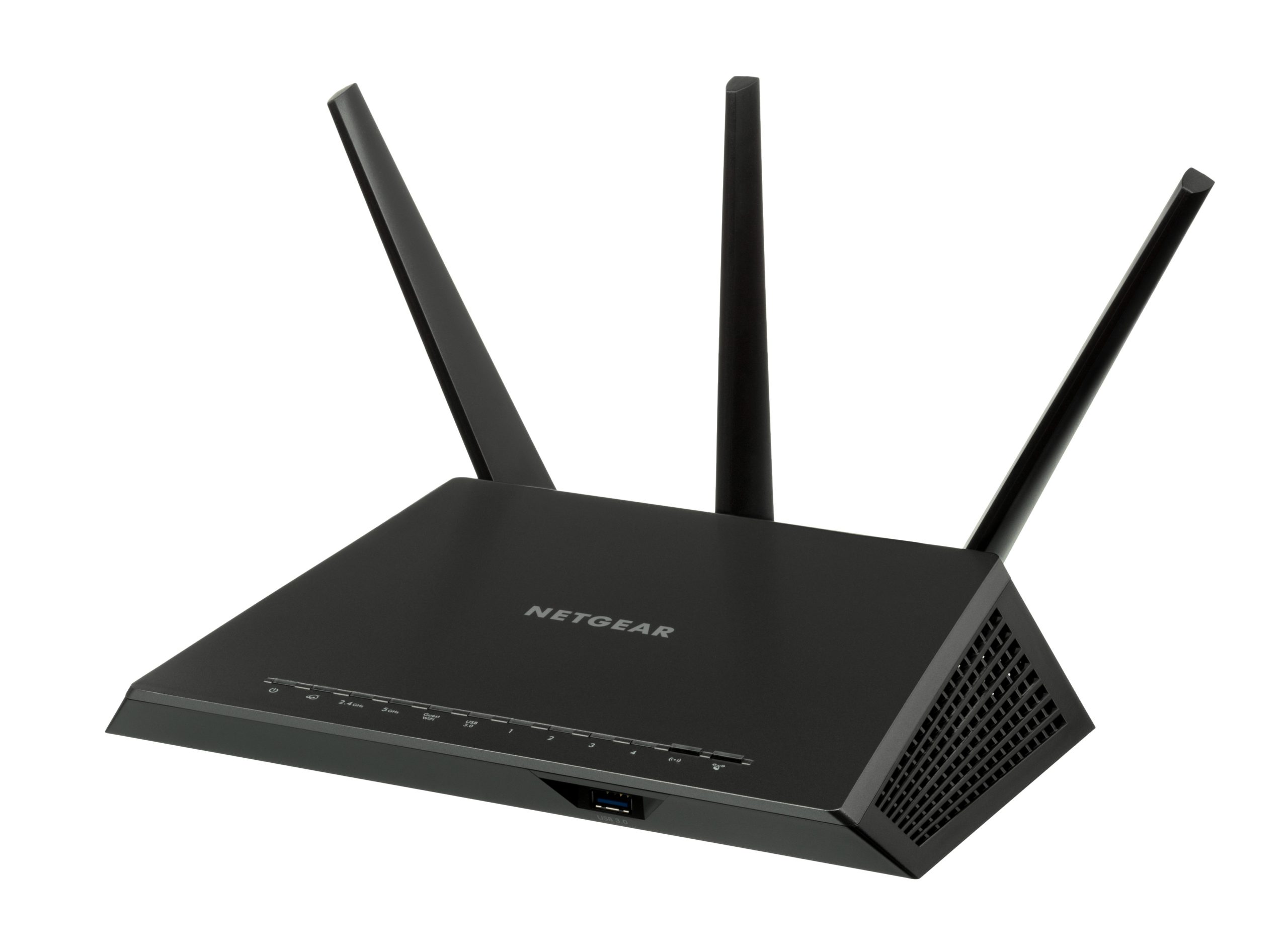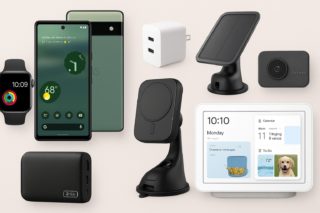Your coffee shop’s Wi-Fi network can now identify you without cameras, phones, or any device on your person. German researchers just turned every router into a potential surveillance tool—and the implications make Facebook’s data collection look quaint.
How Your Invisible Digital Shadow Works
Scientists at the Karlsruhe Institute of Technology cracked something called beamforming feedback information (BFI)—basically the radio chatter between routers and devices. This data streams unencrypted, accessible to anyone within range. Their system achieved nearly 100% accuracy identifying 197 test subjects, regardless of how they moved, stood, or tried to hide.
No special equipment required. Your neighborhood’s existing Wi-Fi infrastructure does the heavy lifting.
Every Router Becomes Big Brother
Think about your daily Wi-Fi exposure. Home, office, gym, restaurant—you’re constantly swimming in radio waves that can now map your body like a fingerprint. The technology works even when you’re device-free, turning that innocent-looking router into a motion-sensing camera that never sleeps.
Machine learning models identify targets within seconds once trained. It’s facial recognition for the Wi-Fi age, except your face isn’t required.
The Privacy Nightmare Has No Off Switch
Unlike Ring doorbells or security cameras, you can’t opt out of Wi-Fi surveillance. These signals penetrate walls, track movement patterns, and build behavioral profiles without consent notifications or privacy settings. The researchers emphasize the “significant privacy risks” of turning ubiquitous Wi-Fi into surveillance infrastructure.
Current Wi-Fi standards offer zero protection against this exploitation. Anyone with basic technical skills can harvest BFI data and build tracking systems.
Your Digital Rights Hang in the Balance
The upcoming IEEE 802.11bf Wi-Fi standard will integrate sensing capabilities directly into network protocols. Researchers are pushing for built-in privacy safeguards and encryption, but implementation remains uncertain. Without regulatory intervention, every coffee shop becomes a potential panopticon.
Your router’s innocent blinking lights now represent something far more invasive than slow internet speeds. The question isn’t whether this surveillance will expand—it’s whether privacy protections will catch up before Wi-Fi tracking becomes as common as security cameras.
The revolution in digital surveillance just went wireless, and it’s already watching.





























